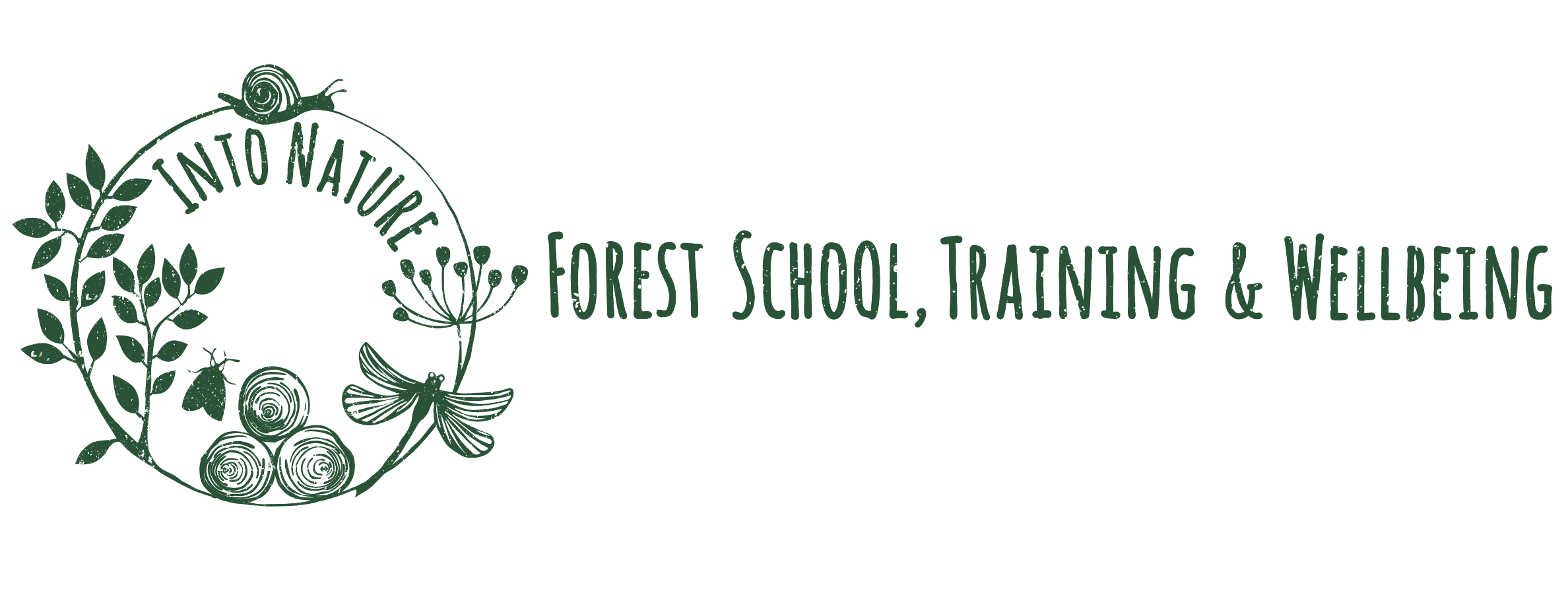In Forest School we advocate the use of tools, introducing children to a range of processes that allow them to extend their enquiry and play scenarios. Not only that, introducing children to tools benefits problem solving, creative thinking, self-sufficiency leading to increased confidence and self-esteem, dexterity, fine motor and hand-eye co-ordination. The benefits of tool use are applicable for children as young as 4 and many would argue, absolutely necessary!
Over the next few weeks Britta and I plan to suggest some simple tool projects to get you started with your children (and maybe you) with odd tools you may have lying around in a kitchen draw and scraps of wood stored under the stairs; in the garden (if you are like us).
Creating something you have visualised can be very rewarding and lead to further play scenarios/investigation! My two children (8 and 11) rediscovered their tool boxes over the holidays. These tool boxes have gradually been added to over the years, starting very simply with a couple of tools from the list below. Grandparents of an era where presents were always useful items have been happy to contribute!
The children were busy from dawn to dusk making bird tables from my scrap wood pile (while I put my feet up). This inspired literally days of play as they dug worms, put out seed, retreated to the house to watch avian friends visiting, installed an animal cam and recorded the birds they had seen. My son, relaying his week by email to his teacher, described the bonding process he had experienced with the birds. I guess this is what we can call experiential learning, intrinsically motivated, and I imagine children up and down the land are doing just this in many different forms right now: the beauty of space and time.
This post as you may have gathered is not really a comprehensive ‘how to’, more a challenge or a hook if putting it to children : a ‘what happens if..?! and one in which you take a step back on the design process unless called upon. Go with amazing ideas that it could be something else… a bunker; a time machine; a bug hotel…

So just in case you needed any…
TOOL TIPS
- Ensure your children understand and can demonstrate how to use a tool safely.
- Tools should be in good condition.
- Designate a space and mark off as your tool area.
- Introduce one tool at a time if using tools is a new thing.
- Prevention is better than a cure (!) but do locate and have to hand that first aid kit
- Remember, there is no upper age limit on enjoying tools.
- A set project can be great for getting started but be open to possibilities; playing with no fixed outcome is great.
TOOL BOX SUGGESTIONS
A volunteer helping out at a recent session in the woods remarked at the eclectic collection of tools in the Forest School tool kit that came up to the woods! Let’s not be too orthodox. Here’s a list of some of the things we have fun with that you may already have or could add to yours.
- nails. larger heads are easier for younger children
- hammer (with claw ideal)
- hand saw
- hack saw
- sandpaper
- pencil
- ruler/measuring tape
- hand drill and or palm drill. I love an old fashioned bit and brace. With all hand drills the old ones are best try eBay; new are often poor quality.
- drill bits
- screws
- nuts and bolts
- wood glue
- little rigger gloves
If you do decide to get creative this weekend please do share pics!




1 thought on “Tool Project: a bird table”